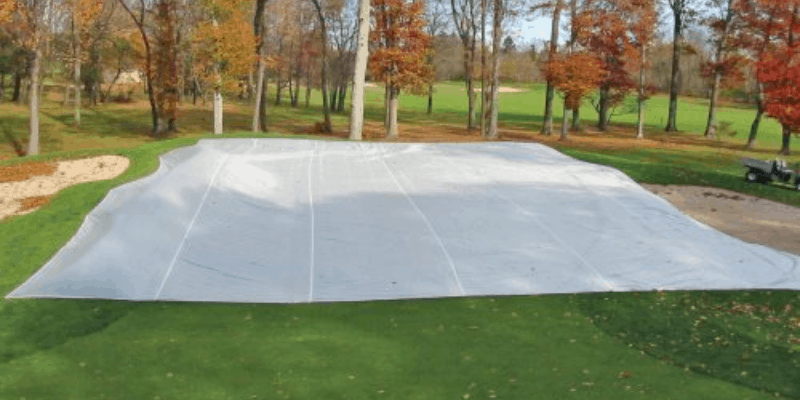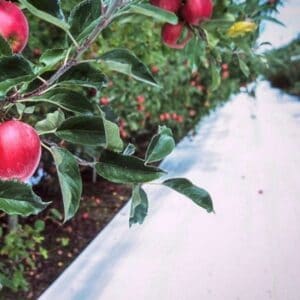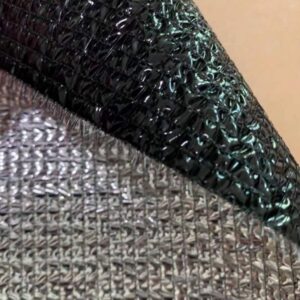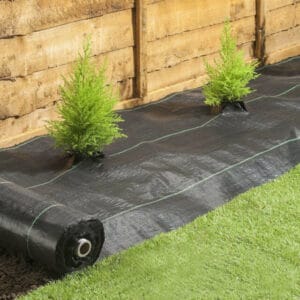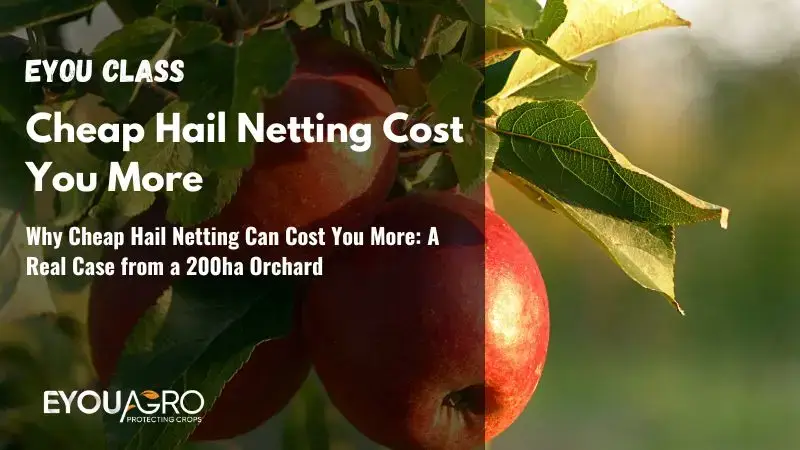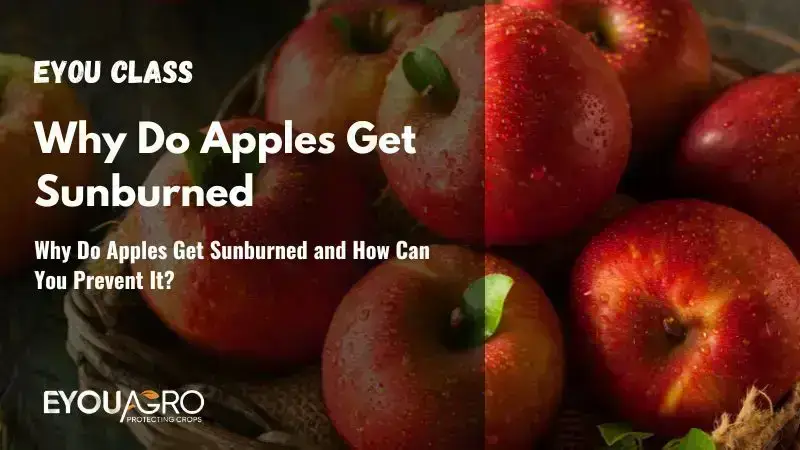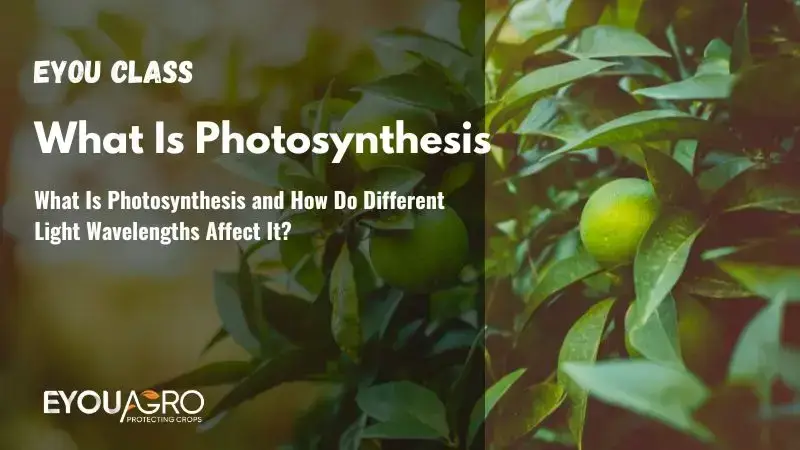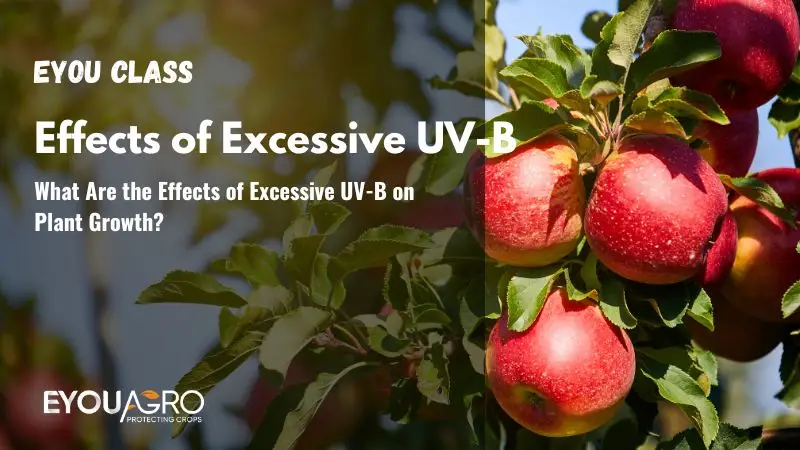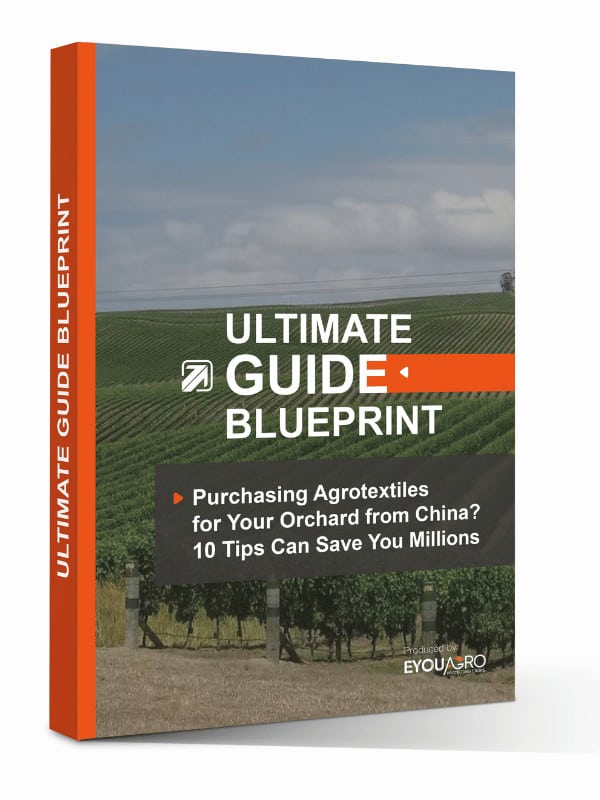It’s that time of year again. Winter is coming, and so are the wacky, winter weather-related injuries. And as a golf course manager, you need to be on your toes taking preventative measures to protect your golf course from winter injuries.
Golf course winter care is something most golfers don’t want to think about, but if management doesn’t take steps to protect the golf course from winter injury, they can be in for a rough season.
The cost of winter maintenance and repair can exceed 10000 dollars every year. And when you consider that most golf courses spend over 300,000 dollars in fixed monthly operating expenses, it’s easy to see why you should make every dollar count by protecting your golf course against winter injury and cut down any extra cost.
This article will talk about all you need to know about winter injuries and show you how you can protect your golf course from such injuries. But first off, let’s see what winter injury is in the first place.
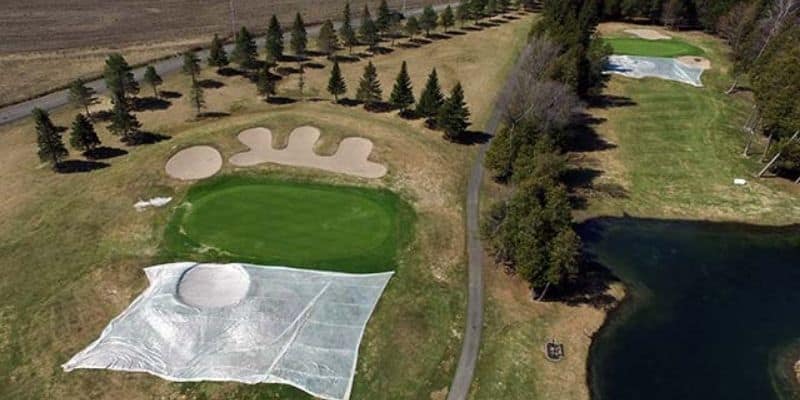
What is Winter Injury
Winter injury is damage to crops (i.e., turfgrass) due to the cold weather and frost and the inability of the plant to respond correctly to these conditions. It appears in many winter grass species but is particularly common in fine-leaved turfgrass growing under icy conditions. Winter injury occurs when it gets freezing for a short time or remains continuously freezing for an extended period. When it happens, symptoms such as discolored leaves and poor quality or death of turf can often be observed. When the plant becomes completely damaged, it turns brown and dies over time.
Types of Winter Injury
In a nutshell, winter injury is a general term used to epitomize turf damage during wintertime or transition from winter to spring. These injuries are;
- Desiccation- ( drying out)
- Winter active fungi
- Freezing injury
- Injury from anoxia ( due to lack of oxygen from the area surrounding the plants)
- Direct low-temperature kill.
- Crown hydration
Relationships between Winter Injuries and Grass Type
There are many reasons why plants get killed or injured during the winter season. It’s challenging to rank turfgrass depending on how they respond to winter, as some varieties put up with freezing temperatures, but snow mold severely damages them.
There’s a connection between the capability to resist winter injury and turfgrass species.
Following a long winter, you may notice that some grass species thrive while others perish. This distinction is primarily due to their genetic adaptation to the local winter climate and the environment provided by a golf course. High-cut roughs will frequently survive, while low-cut fairways and greens will die.
Golf Course turfgrass that tolerates winter in Asian countries are;
1. Velvet bentgrass (Agrostis canina)
2. Chewings red fescue (Festuca rubra ssp commutata)
3. Prostrate meadow grass (Poa supina)
4. Creeping bentgrass (Agrostis stolonifera)
5. Browntop or Colonial bentgrass
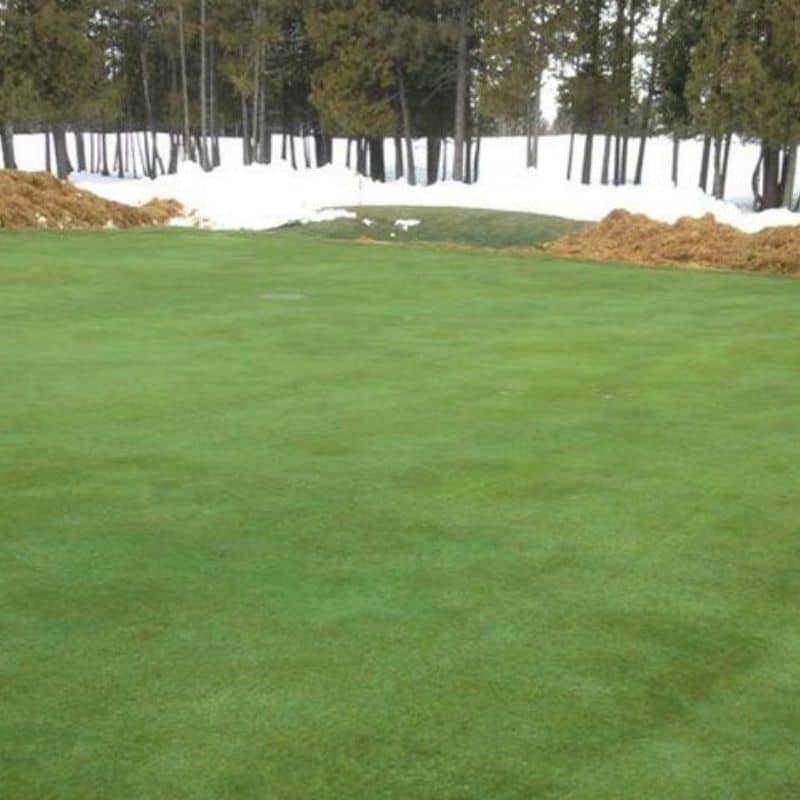
Using Winter Covers to Protect Winter Injuries
Greens are the bread and butter of each golf course. Daily fee players and club members can ignore a few brown patches on tee boxes or fairways, but they won’t disregard the conditions of putting surfaces.
That explains why golf course managers ( superintendents) ought to spend numerous hours and a significant part of their yearly maintenance budgets on conservation and improvement of greens.
That’s where winter covers come in handy.
In several parts of the globe, maintaining greens includes putting covers on them to,
- Hasten the greening process and cushion them against rough winter weather.
- Trigger grass growth on renovated or freshly installed greens ( particularly those seeded later in the season.
- The greenhouse effect that the green covers create enables the grass beneath to breathe and hang on to the moisture and heat, even on cold days. As a result, seeded areas germinate faster, and roots develop more profound and more potent.
- Covers can be used to prevent desiccation and cushion the greens from extreme temperatures.
Using green covers has some advantages, such as
Allowing the golf course superintendent to have the course playable faster in icy climates while minimizing the danger of winterkill from ice and wind
When to Use Winter Covers
The timing of removing or installing green covers is critical to their general success.
But installing them when going into winter can be tricky. If you remove the covers too early as it appears there’s little growth beneath, you may risk the danger of having a cold night, which can occasion some burning.
You have to monitor the grass conditions and temperatures under the covers carefully.
You can often take the covers off late in March or leave them on till early April. Always crawl around under there and see what’s happening.
When you take off the cover, the plants will experience initial shock, but having something terrible happen is the last thing you want.
So, as a golf superintendent, observe keenly and make your conclusions.
Every course is unique, no matter how close they are to each other.
Types of Covers
The green covering can either be “heaters” or “insulators.”
Insulators are used to cushion plants and prevent winter injuries. Heaters are used for helping plants recover in spring.
Green Cover Materials
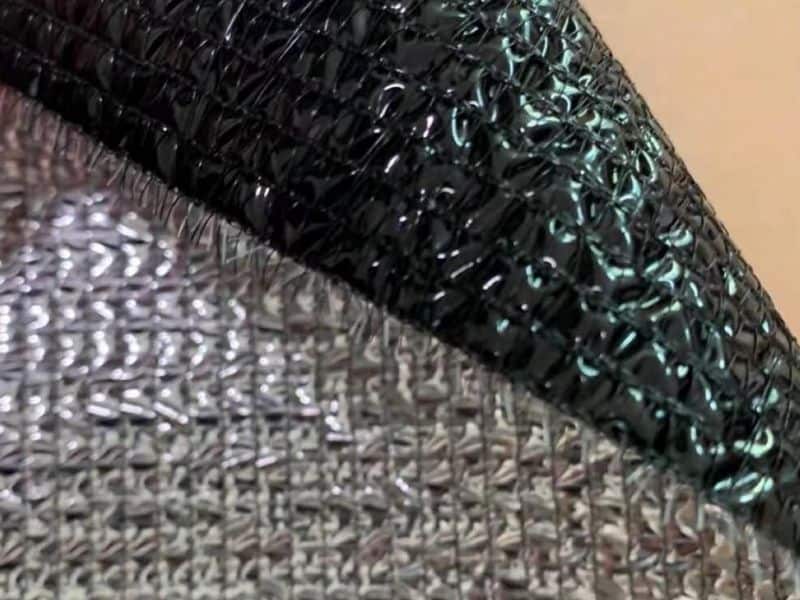
The materials can either be “permeable” or “impermeable
Use impermeable protective covers to keep the insulating material dry and minimize injury from crown hydration and ice encasement. Observe the temperature profile under winter protective covers. Use spring permeable covers after removing winter protective covers.
Winter Covers size and Structure
Green covers are manufactured from different porous materials. From solid polypropylene sheets to woven fabrics and textile fabrics, and They are well treated to obstruct UV light and are created to resist rot and mildew.
Accessories and Installation
Green covers price range is between several hundred dollars to thousands of dollars each piece. Usually, the covers have a warranty ranging between eight to ten years.
They are somehow labor-intensive and might need several crews to work hard for several days, put them down late in the fall or early winter, and remove them early spring.
You must have some cash to put them on fast before winter and take them off in the spring and put them back if the weather changes. You can spend $ 40,000- $ 50,000 depending on the size of your course.
Where to Buy
You can purchase golf course winter covers online or check to see if there’s a reputable shop in your locality that stocks them.
Conclusion
Prevention is always better than cure. Regardless of where a course is located, weighing the benefits of winter play against the problems it may cause is never easy. Nonetheless, winter golf must be managed carefully to avoid causing damage to the course that will last into the spring and beyond. Grab a winter cover for your golf course and let nothing stand in the way between you and your all-time favorite sport.

